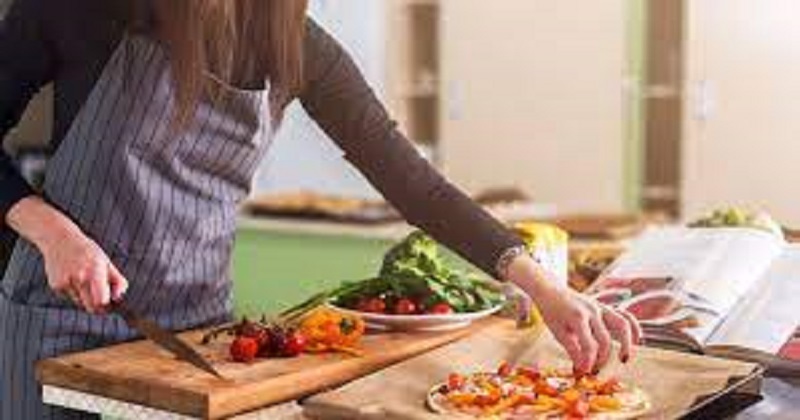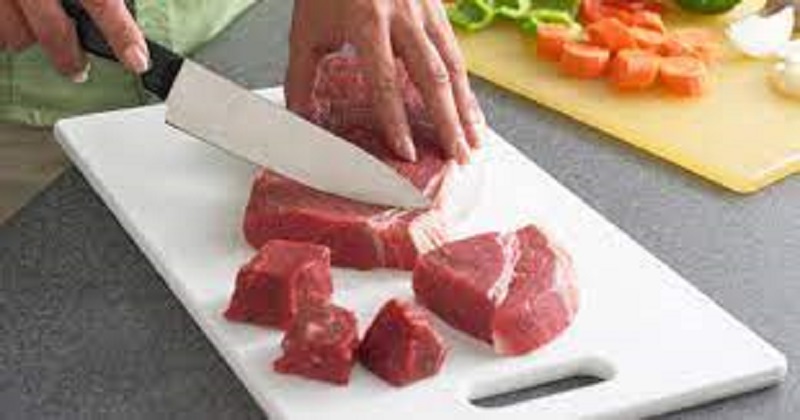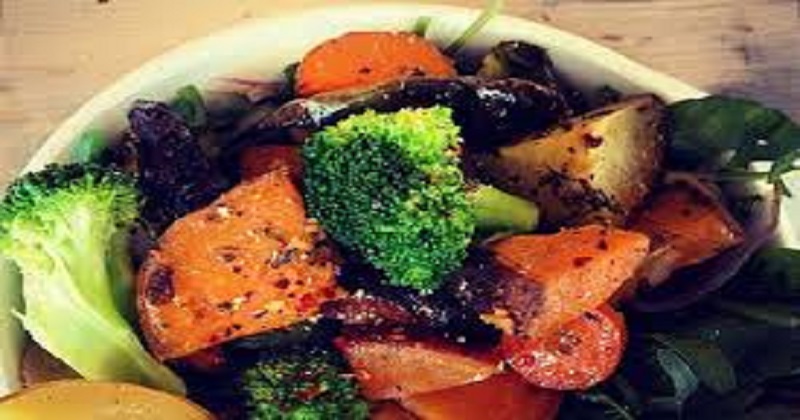
Cooking and food preparation doesn’t have to be difficult, but you require to make sure you’re observing these 5 food safety precautions in the kitchen as you do it. That’s because managing your family both well-fed and secure are some of the most vital things you make each day.

Rule 1: Wash hands frequently When it comes to the kitchen, hygiene is very significant and the initial step in this way is proper and constant washing of your hands before and after you cook food. It is advised to wash your hands in lukewarm soapy water for at least 20 seconds before handling food. Also, make sure that your kitchen table is sanitized every day to assure hygiene.

Rule 2: Sanitize work surfaces. When cooking food make sure that your kitchen tops, cutting boards, and all work surfaces have been adequately sanitized first. You can use this homemade bleach solution to sanitize your countertops before you start your preparation of meats, vegetables, and fruits that will be used in your meal preparation.
- Before preparing food
- After handling raw meat – this is specifically to prevent cross-contamination of food where bacteria, such as E. coli or salmonella are transferred from raw meats to other things
- After changing diapers
- After handling trash

Rule 3: Use separate cutting boards for raw meats, vegetables and produce, and cooked foods. It may appear complicated to have several cutting boards in your kitchen, but this is one of the food safety practices in the kitchen which keeps you away from germs. Assign one board for raw meats, one for fruits and vegetables, and one to cut cooked or prepared food on. This prevents cross-contamination to a minimum and will result in safe and healthy food preparation in the kitchen.

Rule 4: Cook foods to safe temperatures. If your deep freezer is making too much ice, don’t worry, it is good for your food and meats. It has been confirmed that extreme cold temperature reduces the growth of bacteria. The best temperature for your refrigerator is below 40 degrees F. There are three important temperatures to remember when cooking meat or eggs at home: Eggs and all ground meats must be cooked to 160°F; poultry and fowl to 165°F; and fresh meat steaks, chops, and roasts to 145°F.

Read more; Cheetah to be reintroduced in India from Africa
Rule 5: Keep hot foods hot and cold foods cold. Hot foods must stay hot (above 140°F) and cold foods must stay cold (below 40°F). When foods are kept between 40 and 140°F, bacteria can grow quickly to levels that can cause you or your guests to get infected. This temperature scale is called the “danger zone”.Using a crockpot or other warming tray is aN excellent way to keep food hot. Bowls with ice are also a great way of keeping those cold items cold. These food safety practices in the kitchen are easy measures to keep you and your family safe from the difficulty of a food-borne illness. Having things clean and at the proper temperature will keep you and your family enjoying delicious meals without any worry.

Post Your Comments